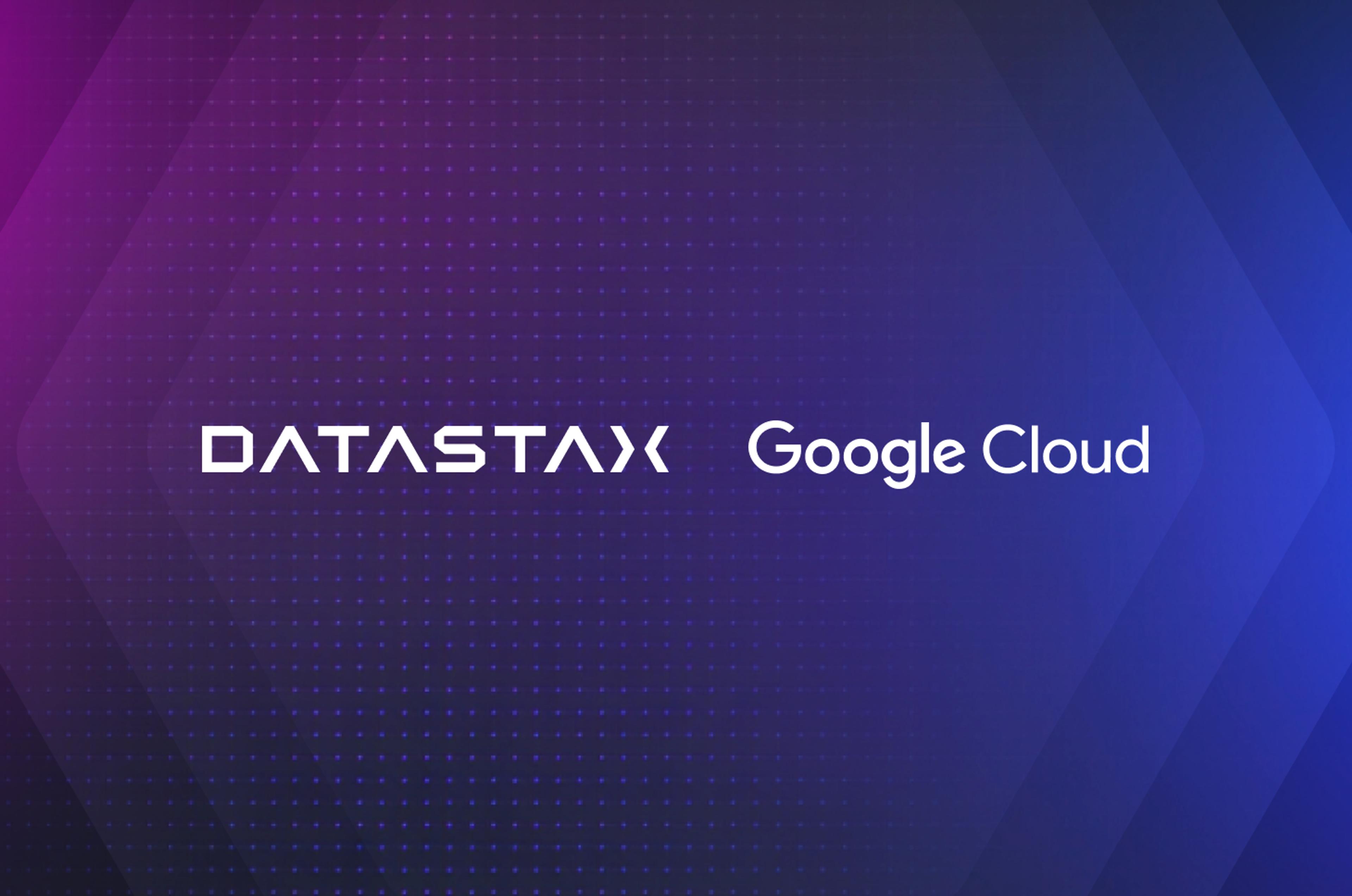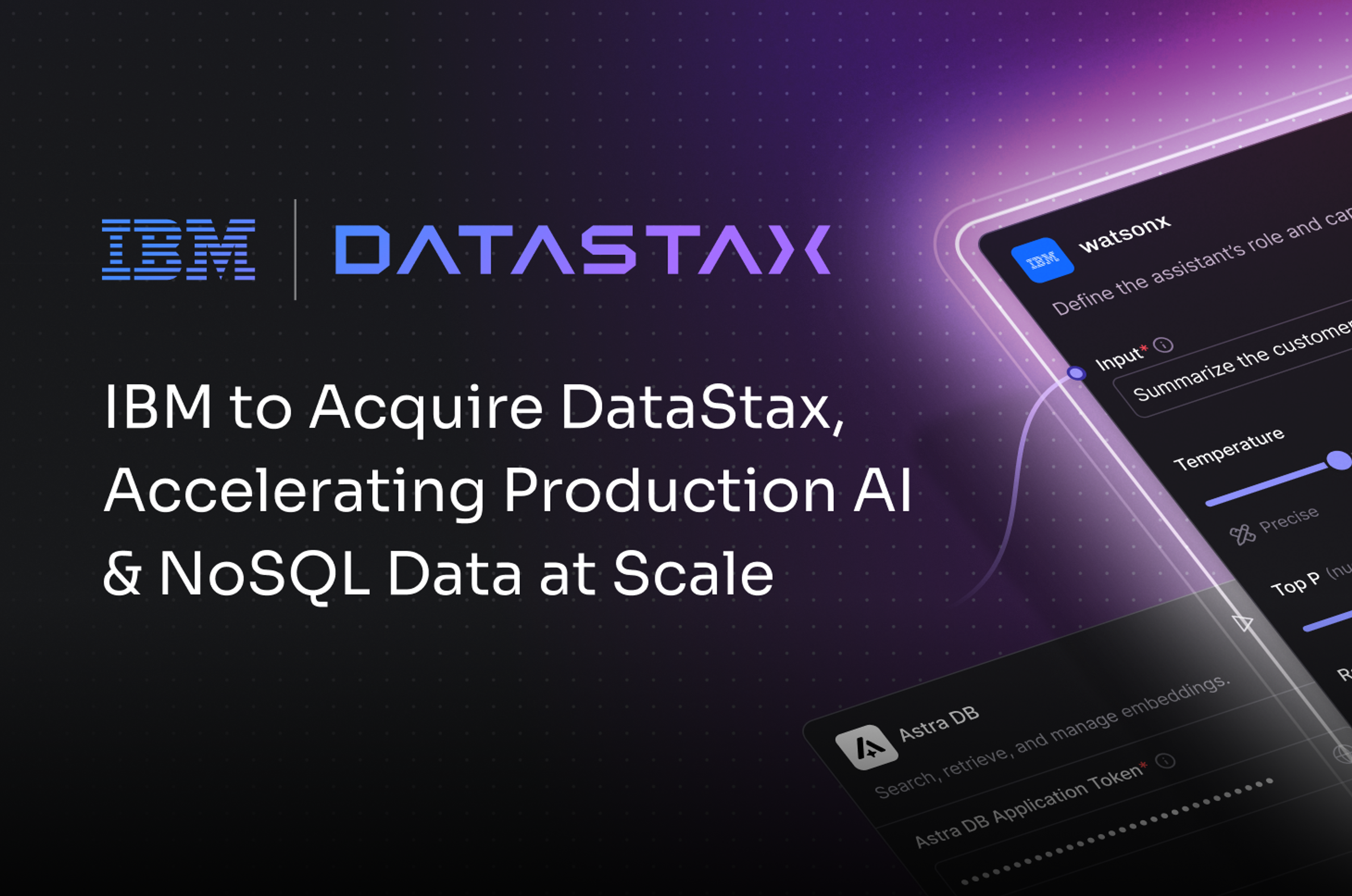We’re excited to announce DSE 6.7 today, along with OpsCenter 6.7 and updates for our DataStax Studio developer tool and DataStax drivers. If you’re thinking, “Hey, 6.7? Wasn’t your last major release 6.0?”, you’ve been paying attention and are correct. We decided to sync the major/minor version numbers of our software solutions—hence the jump in the minor version number.
Release numbering aside, there are some real gems in DSE 6.7 that have been driven by our tight customer-engineering relationships. Let’s dive in and see what’s in the 6.7 box.
Analytics Everyone?
I’m sure it surprises no one that our DSE Analytics is one of the most popular enterprise components found in DSE. Operational analytics are paramount in driving the types of real-time analysis needed by today’s constantly-connected cloud applications that personalize every customer encounter.
In DSE 6.7, we’ve enhanced our enterprise Apache Spark™ connectivity layer so that performance purrs along in a predictably consistent way, which delivers greater stability and less resource overhead on a DSE cluster.
One of the great things about DSE is that you have flexibility in how you store and access data. If you want a real operational database, we have that for you with our certified distribution of Apache Cassandra™.
We also have DSEFS (DataStax Enterprise file system), our enterprise-class file system that gives you all the niceties of HDFS with none of its thorns. DSEFS is great for analytics use cases where file system storage is all that’s needed vs. a true database. In 6.7, the security muscles of DSEFS get bigger with its support for Kerberos, plus we’ve made your experience working with many files and nested folders stored in DSEFS much simpler. Regarding scale, we’ve seen DSEFS scale to 40TB per node with no query performance degradation.
Finally, we round out our analytics enhancements with faster graph database analytical performance and a better high-availability Spark engine.
Boosting Geospatial Search
DSE Analytics and DSE Search typically run neck-and-neck in popularity, which makes sense given that today’s smart transactions usually involve analytical and search workloads.
In DSE 6.7 we’ve better enabled use cases that need geospatial search (e.g. logistics, IoT, financial network management) with automatic handling of key geospatial data types in Apache Solr™ cores, packaged installation of needed geospatial software on every DSE node, and support for geospatial heatmaps in CQL—all of which make building apps dependent on geospatial much easier. This is important given that an article in CIO magazine a while back stated that ~80% of enterprises rely on geospatial data to help run their business
In addition, 6.7 includes improved diagnostic monitoring of search performance and better speed/reliability for deployments of DSE Search that use vnodes.
Improved Data Protection and Insights
Every second counts when a critical database restore is needed, so in DSE 6.7, we’ve optimized our restore engine to get a database back on its feet magnitudes faster than in prior releases. We also now support backups to Microsoft Azure and generic S3 platforms.
Responding to customer requests for more sophisticated performance troubleshooting capabilities, we’re rolling out the first phase of our DSE Insights engine, which is designed (in a no-agent way) to continually collect key metrics on cluster performance and make them available to our administration tools as well as easily integrate with third-party monitoring software often found in IT shops.
DSE Now Kafka and Docker Ready
Along with DSE 6.7, we’re excited to announce that we’re releasing our own Apache Kafka™ Connector. Most every IT pro knows that message/queues/streams provide modern apps with the ability to act on events as they arrive, something that’s greatly needed in fraud / anomaly detection, financial systems, IoT, and time series use cases that cut across nearly every industry.
Our new Kafka connector reads from a Kafka topic and automatically saves those events to DSE. For situations that don’t need heavier lifting with Spark Streaming, the new Kafka connector provides an easy way to integrate data coming from Kafka into a real database.
With respect to Docker, we’ve had images up on Docker Store and Hub for development use, but now we’ve certified images for production usage.
DSE 6.7, along with updated versions of OpsCenter, Studio, and DSE Drivers are all available for download, and our updated documentation is available to guide you through installation, upgrading, and all the new features. Give DSE 6.7 a try and shoot us your feedback.
Also—keep an eye for more blog posts in the coming weeks that delve into all of the DSE 6.7’s new features in more detail.









%20%7C%20Datastax&_biz_n=3&rnd=727286&cdn_o=a&_biz_z=1745296698096)
%20%7C%20Datastax&rnd=643491&cdn_o=a&_biz_z=1745296698099)